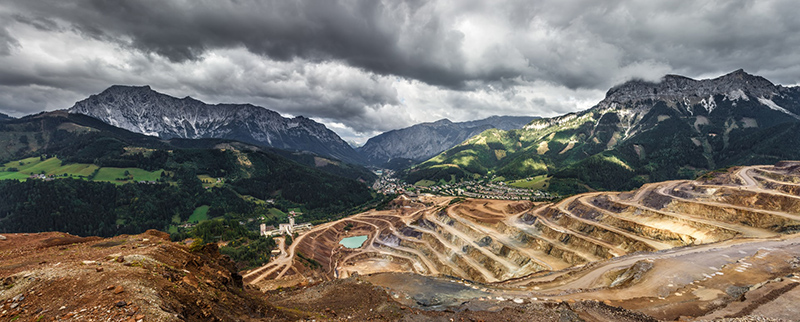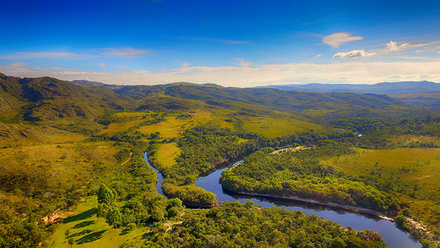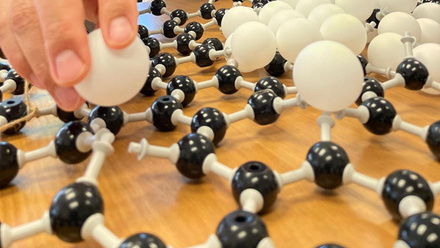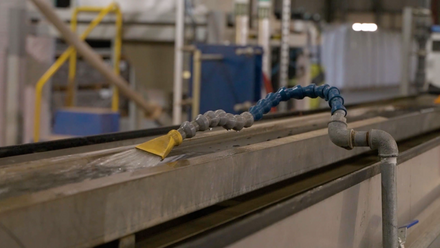Geological ‘Goldilocks zone’ could lead to targeted mining
Scientists have identified a mechanism through which important metals, crucial to the manufacturing of renewable energy technologies, are passed from the Earth’s mantle to the crust.

The team, including researchers from the UK, has discovered a ‘Goldilocks zone’ at the base of the Earth’s crust where the temperate is just right at around 1,000°C for metals to be transported to shallower levels near the surface, where they can be mined. The metals in question – most notably copper, cobalt, tellurium and platinum – are highly-sought after due to their use in electrical wiring and technologies such as battery storage devices, solar panels and fuel cells.
Publishing their findings today in the journal Nature Communications, the team is hopeful that the results can lead to more targeted, less costly, and more environmentally friendly practices to explore for and extract the key metals.
In the new study, the team identified a temperature dependant zone, located at the base of the Earth’s crust, which acts like a valve and intermittently allows the metals to pass upwards to reach the upper crust.
Co-author of the study Dr Iain McDonald explains, ‘When magmas reach the base of the crust the critical metals often get trapped here and cannot reach the surface if the temperature is either too hot or too cold.
‘As with Goldilocks, we have discovered that if the temperature is just right at around 1000°C, then metals like copper, gold and tellurium can escape the trap and rise up towards the surface to form ore deposits.’
The study forms a component of the NERC-funded FAMOS project (From Arc Magmas to Ore Systems), and involved collaborators from Cardiff University, Leicester University, the University of Western Australia and the international mining company BHP.







